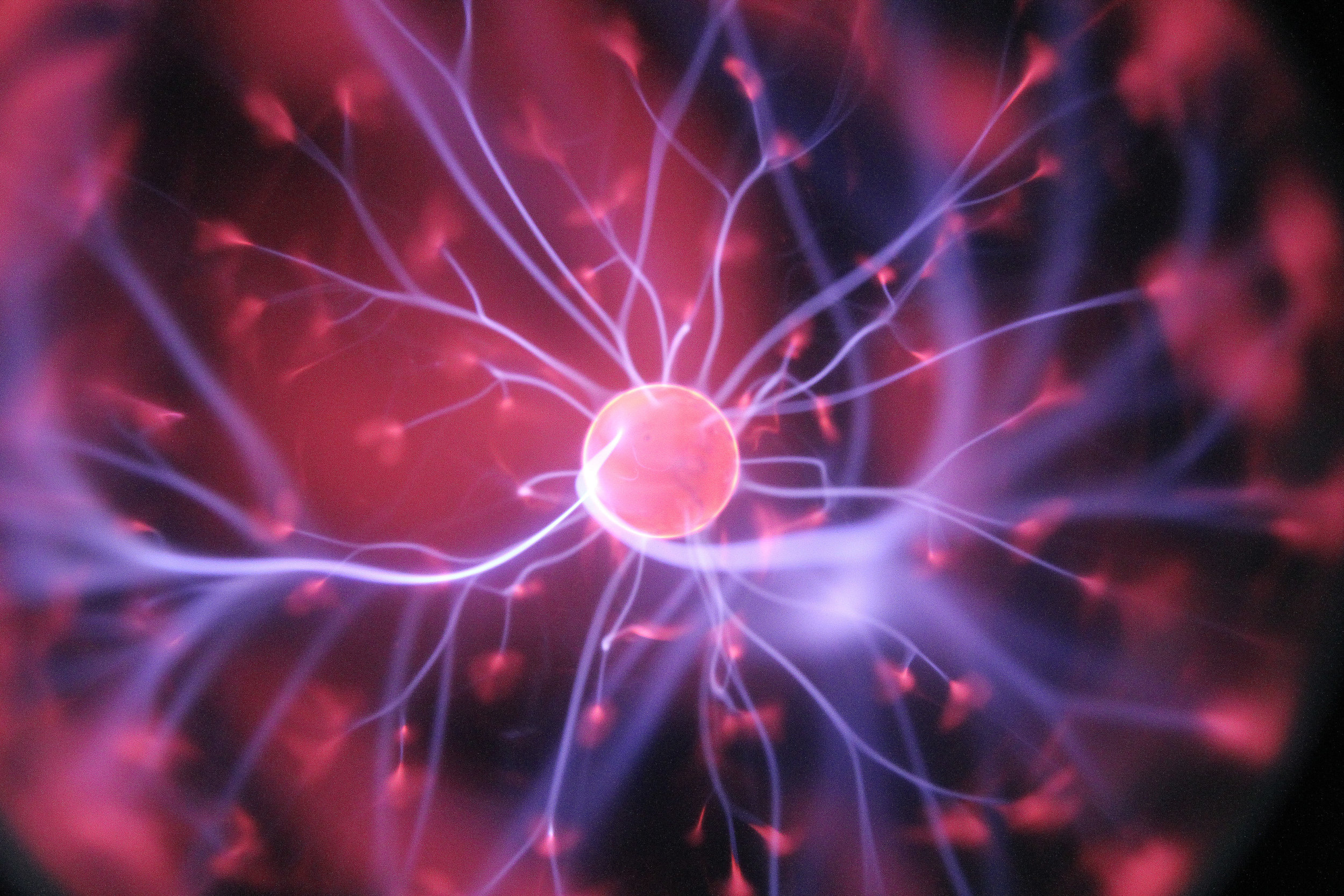Modeling our Minds
Ever wonder what your brain is up to? There is a dazzlingly theatrical time-lapse clip of neurons in a petri dish recorded over the course of 170 hours that mesmerizes me every time I view it. They light up, bulk up, whisk about and connect with other neurons to form synapses. In concert, their behavior looks like a choreographed dance, all in an effort to create the neural pathways that relay the chemical signals that form conscious experience. The kinetic vibrancy of brain cells busy being brain cells reminds me of one of those vintage street scenes from New York where horse-drawn carriages trudge along, pedestrians jaywalk across the street, small crowds form to stare at the piece of technology documenting it all. We’ve seen this street scene reenacted in Hollywood period dramas, but is it possible to simulate the coordinated biological neural network that constitutes brain activity in silico?
A few years back, a consortium of researchers from the Blue Brain Project created a digital reconstruction of a slim portion of a mouse brain. The attempt to replicate the brain is a new one, limited in the past by computing power and the absence of complex algorithms to reconstruct synaptic connectivity. The challenge in such a project is not only understanding the basic architecture of the brain and all of its components, but also recognizing how those components respond to stimuli. As a cell, the neuron can be excited (leading to firing and release of transmitters to connected neurons) or inhibited from firing, but consider that the neuron will have hundreds of connections to other neurons which leads to a seemingly endless array of possible behaviors. How the researchers mimicked this concert of activity is beyond a full discussion here, but what interested me was the implications this research has for so many other advances in medicine, the behavioral sciences, and machine learning. What is the value in replicating the brain?
One practical application would be to illuminate the causes of brain diseases for which our understanding remains limited. If we can simulate a non-diseased brain, perhaps we can digitally model schizophrenia, depression, and Alzheimer disease. Imagine a future imaging modality based on an artificial neural network that allows us to photograph a person’s brain to create a digital map of their neurons. Perhaps we can specifically locate individual memories and project them onto a screen for all to see, a true mental snapshot. Another utility is drug development. Instead of spending decades investigating if a new pharmaceutical works and trialing it on captive animals and volunteer humans, a high fidelity reproduction of the brain may someday obviate the need to have living test subjects for testable drugs. Or perhaps on a particular day when the sky is overcast, the air is drizzly, and my mood is somber, I’ll be able to view in real time the synaptic pathways reinforcing my sullenness.
It’s possible whole brain emulation will not find its greatest utility in helping humans understand themselves better, but rather in helping an artificial general intelligence understand us better. In the grand arc of creating an intelligence that is smarter than us, the human mind has always been the goalpost. In order to simulate a given human experience, an AI must reproduce billions of chemical events that produce a seemingly coordinated activity. Imagine a humanoid bot that can sense nostalgia upon seeing an old photograph or look at the night sky and ponder its own place in the universe. Such simulated theatrics may someday be possible if neuromorphic computing successfully reverse engineers the human brain so that the conscious mind, a human mind, can be reproduced and placed on a microchip. Ultimately, the greatest beneficiary of such an advancement will not be us. It will be the bots who can justifiably claim both superior cognitive and emotional intelligence with the added benefit of never perishing. Once neuromorphic machines achieve consciousness, will we so easily grant them personhood? And if we do, does anyone have a right to own such an autonomous, intelligent, feeling thing, or worse, the right to shut it off?
